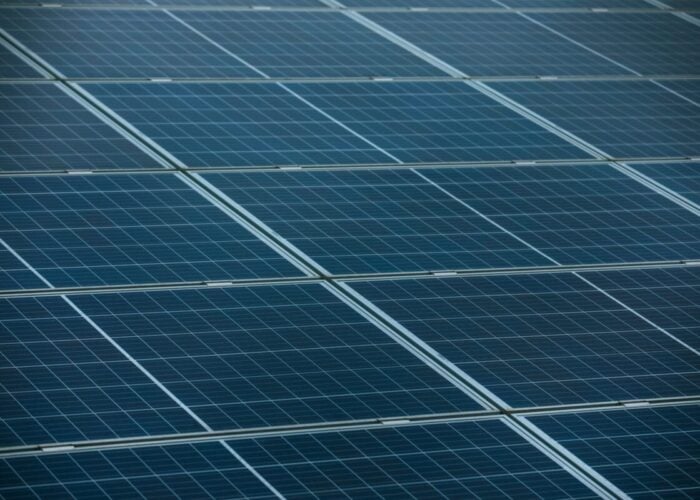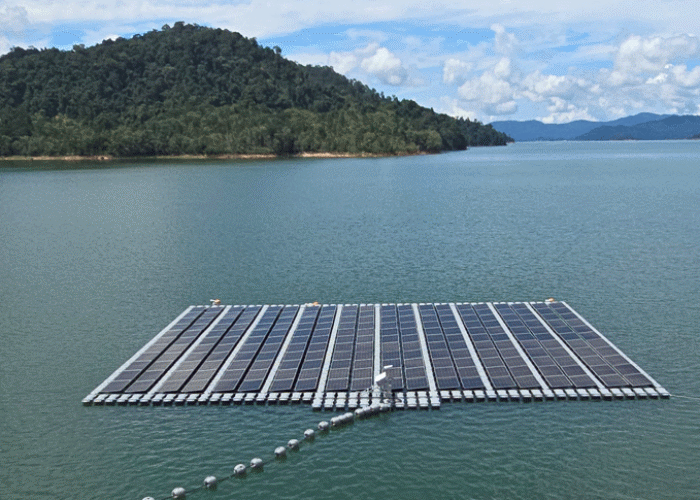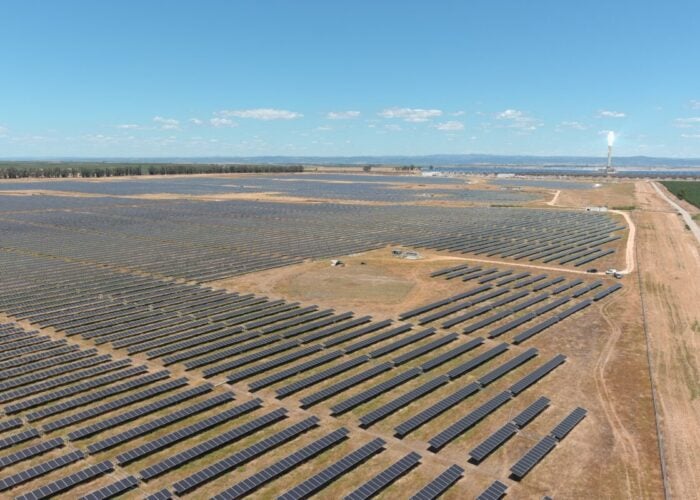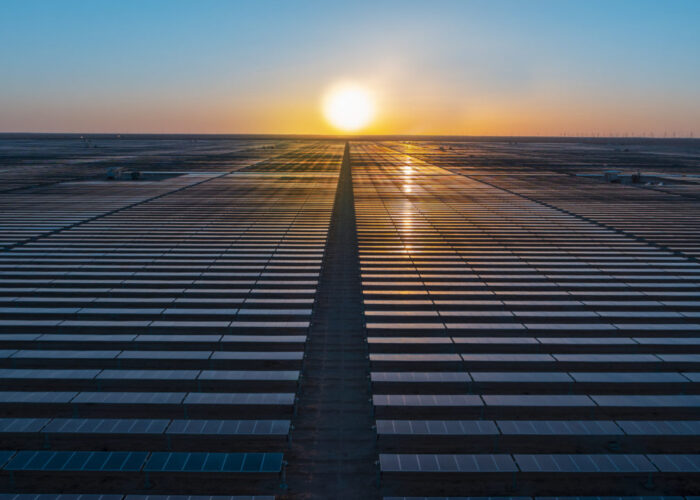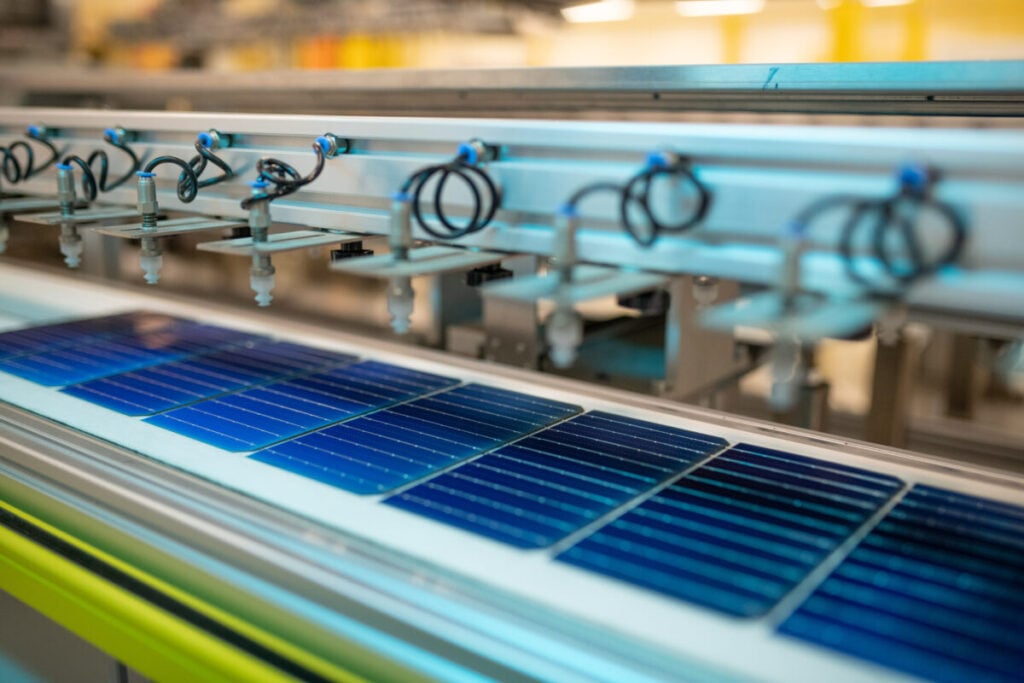
Australian module manufacturer Tindo Solar’s CEO, Richard Petterson, tells PV Tech Premium that if Australia installed around 1TW of solar modules in around 25 years to keep those assets running, the nation would need to recycle around 40GW of modules each year.
Should the country be less ambitious and install 500GW, Petterson added that 20GW of modules will still need recycling each year.
Unlock unlimited access for 12 whole months of distinctive global analysis
Photovoltaics International is now included.
- Regular insight and analysis of the industry’s biggest developments
- In-depth interviews with the industry’s leading figures
- Unlimited digital access to the PV Tech Power journal catalogue
- Unlimited digital access to the Photovoltaics International journal catalogue
- Access to more than 1,000 technical papers
- Discounts on Solar Media’s portfolio of events, in-person and virtual
“People are focused on transitioning as quickly as possible, but it is just as important to question what managing new energy sources will look like down the track,” says Petterson.
Solar PV module recycling has emerged as a critical aspect of the energy transition. As countries around the globe continue to look to solar PV to increase the amount of renewable energy in the electricity mix, questions are beginning to be asked as to what to do with modules that are reaching the end of their lifespan. But what can be done to bolster recycling efforts? And how is Australia helping to tackle the growing demand?
Queensland module recycling scheme attracting international players
Readers of PV Tech may be aware that Queensland recently launched a new solar PV recycling scheme, hoping to save about 26 tonnes of waste from entering landfill sites. Launched in conjunction with Australia’s Smart Energy Council, the Solar Panel Stewardship programme, revealed earlier this year, launches with six solar module collection sites across the state.
Petterson says that the new scheme is already attracting international investment and interest, and thus, state governments should look to encourage more recycling schemes across Australia.
“I’ve got an international company visiting next week, and they are responding to Queensland’s call for recycling and wanting to find out how they could service that,” Pettersons says.
“There will be a time when you will not be able to put solar PV modules into a landfill, which will generate opportunities, but it could also create a problem to address.”
According to Indian solar module manufacturer and installer Waaree, recycling begins by removing cables, junction boxes, and frames from the PV modules. The modules are then shredded, sorted, and separated. Separating materials allows them to be sent to specific recycling processes associated with each material.
Critical resources such as silver, often expensive, can be extracted from used solar modules, potentially decreasing the cost of manufacturing modules.
Petterson adds that he is aware of international companies “working hard on developing technologies that will be able to extract the materials from a solar panel for reuse and what work that looks like”. As a result, the recycling of solar modules is still in its infancy and the most viable and cost-effective way to do it has yet to be established.
“There are technologies that are being designed focusing on separating a solar module into its components, like glass and silicon, and there are some other valuable components,” Petterson says.
Despite the positives associated with module recycling, there are areas and issues to address. For instance, Petterson expresses that aluminium is often easily recycled and that it would be interesting if the industry could “create an economy where that type of product goes back into being reused in a new frame, the on the solar module”.
On the topic of silver, the answer is a bit more obvious for Petterson, who believes that “if you get the silver out of the module, you can just knock it down and sell it for reuse”.
Creating solar PV modules for longevity
There is a solution to the environmental issues posed by module recycling. Although it is impossible to stop the first stream of modules from being decommissioned and potentially recycled, both manufacturers and developers can do more to help decrease the baseload needing to be recycled in the future.
The answer to this, as Petterson believes, is to ensure each module is created with longevity in mind.
“We focus on making a solar PV module that will last and perform for a long period of time. That is the first important step. When you’re using materials and go through the trouble of extracting materials out of the ground or processing them to put in a product, making sure it lasts and is of high quality might reduce the need to be recycled as frequently as the cheaper ones,” Petterson tells PV Tech Premium.
“We’re coming off the back of a consumerist economy where it’s now cheaper just to throw it away and get a new one.”
In Australia, Petterson explains that the average lifespan of a solar module is between seven and 10 years. This means that for projects with an operational lifespan of 20 to 30 years, the modules must be replaced several times during the project’s lifetime.
The country will require an established recycling supply chain, especially with some utility-scale projects planning to use around one million PV modules.
Federal and state government’s role in module recycling
As previously mentioned, the Queensland government has been at the forefront of supporting solar PV recycling via its new recycling scheme and with the plan to ban dumping solar PV modules in landfill sites. A draft proposal for this was launched in 2023, with hopes to ban the disposal of solar and storage equipment in landfills within the next decade.
On this topic, Petterson believes that both federal and state governments have an important role in “creating a policy environment that stimulates the outcome we want”.
“One way could be to change behaviour so that you just make other disposal options less available,” he says. “Not allowing them to go to landfills would be an important and interesting step as then you’d have to develop the technology to treat them.”
With module recycling set to become a more prominent issue in the coming decade, innovation and creating the right policy signals to spur investment and research and development to tackle the issue will be paramount to ensuring its success. With Australia aiming to be a “renewable energy superpower” with solar PV at its heart, recycling is likely to be one of the key future developments in ensuring it maintains its current trajectory and captures the economic opportunity of a lifetime.

